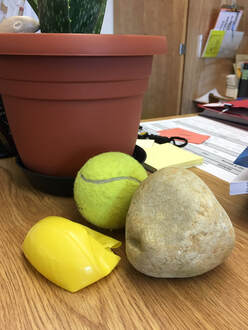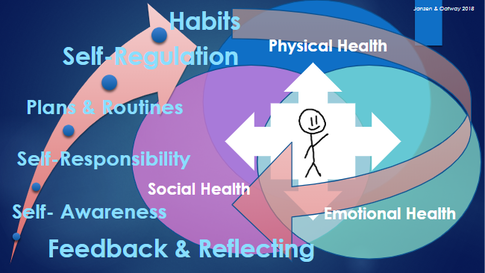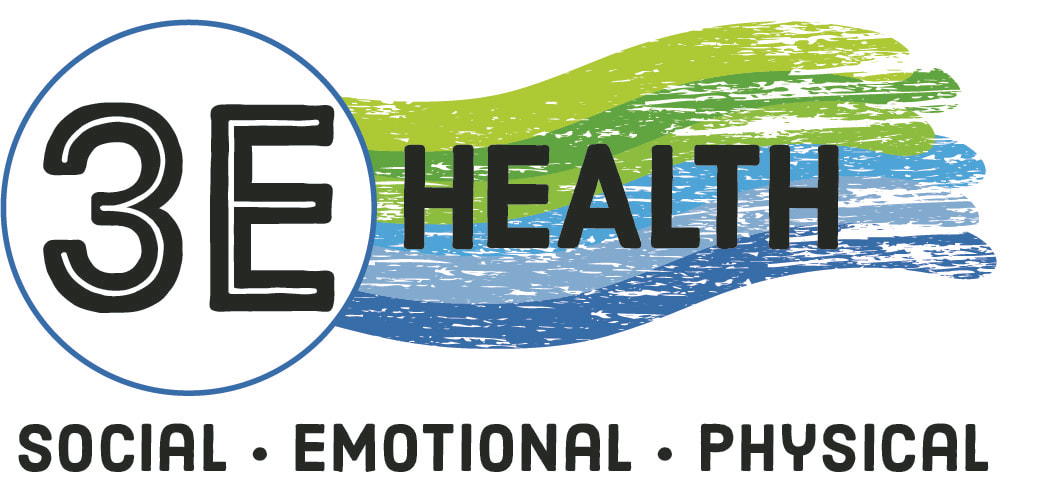 By Chad Oatway Like many Canadian’s, I was taken away by Bianca Andreescu, the young 19 year old tennis player from Mississauga, Ontario who won the US Open. As many looked at what she accomplished and her physical skill I began to see so much more to this story than the outcome or natural talent she possessed. So how does a 19 year old rise to the top of a professional sport? Listen to her talk. “There are ups and downs; that's part of tennis. But I'm up for the challenge” says Bianca, and there it is a seemingly simple mindset that is self-aware, reflective, and focused on the process of success. I am sure parents, coaches, mentors, a community, and so many more played a role in her development of this mindset, but ultimately she is the one that owns her mind. Teaching our youth to recognize ups and downs in life and embracing challenges is anything but simple. Self-awareness starts in the present moment and as such needs to be brought to focus each day in the classroom and at home with youth. A simple way to start this and develop this each day with students is for them to first look at who “I am going TO BE….” today. How do you Bounce? Is one of the first health lessons I have with my students, which is always driven by student questions of why I have a rock, tennis ball, and a squashed ball sitting on my desk. I give the class the tennis ball and students are always quick to play with the ball passing it around, dropping it, and just keep playing with it with smiles on their faces. The rock not so much so, as students are just scared of the rock (commonsense warning: do not let them throw a rock around in class). The flimsy ball they will start to play with, but quite quickly I squish it in front of them and they no longer enjoy playing with it anymore. Usually at this point someone will ask why are we playing with a tennis ball and what is the point of this after I squish the ball. And I say: Which ball do you want to be? The balls on my desk are the metaphor of people we see in this world and hopefully the person we all want to be. The rock is the fixed mindset who has shut people out and pushes people away. The squashed ball is the hopeless mindset who gives up and has lost their sense of control and choices they have in their lives. Finally, the tennis ball, the growth mindset that embraces challenges and knows that effort towards a process will allow them to bounce back when obstacles get in their way. No one can deny the fact that their will be a time where we may feel beaten down in life. But “how do you bounce” is the response that is up to us and students need to understand that this is ultimately our choice in life. Looking inward can be a very difficult thing for anyone and asking students to know “who am I…” in the most unstable time in their lives is a huge challenge. The instability that is in overdrive during adolescence and finding their bounce needs to come from outside as well as inside. The classroom, teenage culture, family members, friends, and society all have a part in how adolescents see themselves as students. These influencing factors come with values that can be tapped into. All students want to bounce (intrinsic influence) and all students have societal values (extrinsic influence) towards a growth mindset. Tapping into these influences in the present moment in school needs to take priority. Using intentions of who students want “To Be...” in the moment today is a powerful tool. Making students set intentions towards their bounce and values is the tool I try to use daily with my students. By having students write a daily intention that we post on a classroom board, I hope to trigger students to switch on their growth mindset. This ultimately is a strategy I use to build health connections in the brains of students using the 3E connection loop of healthy habits to empower social, emotional, and physical health.
1 Comment
|
Chad Oatway &
|



 RSS Feed
RSS Feed
